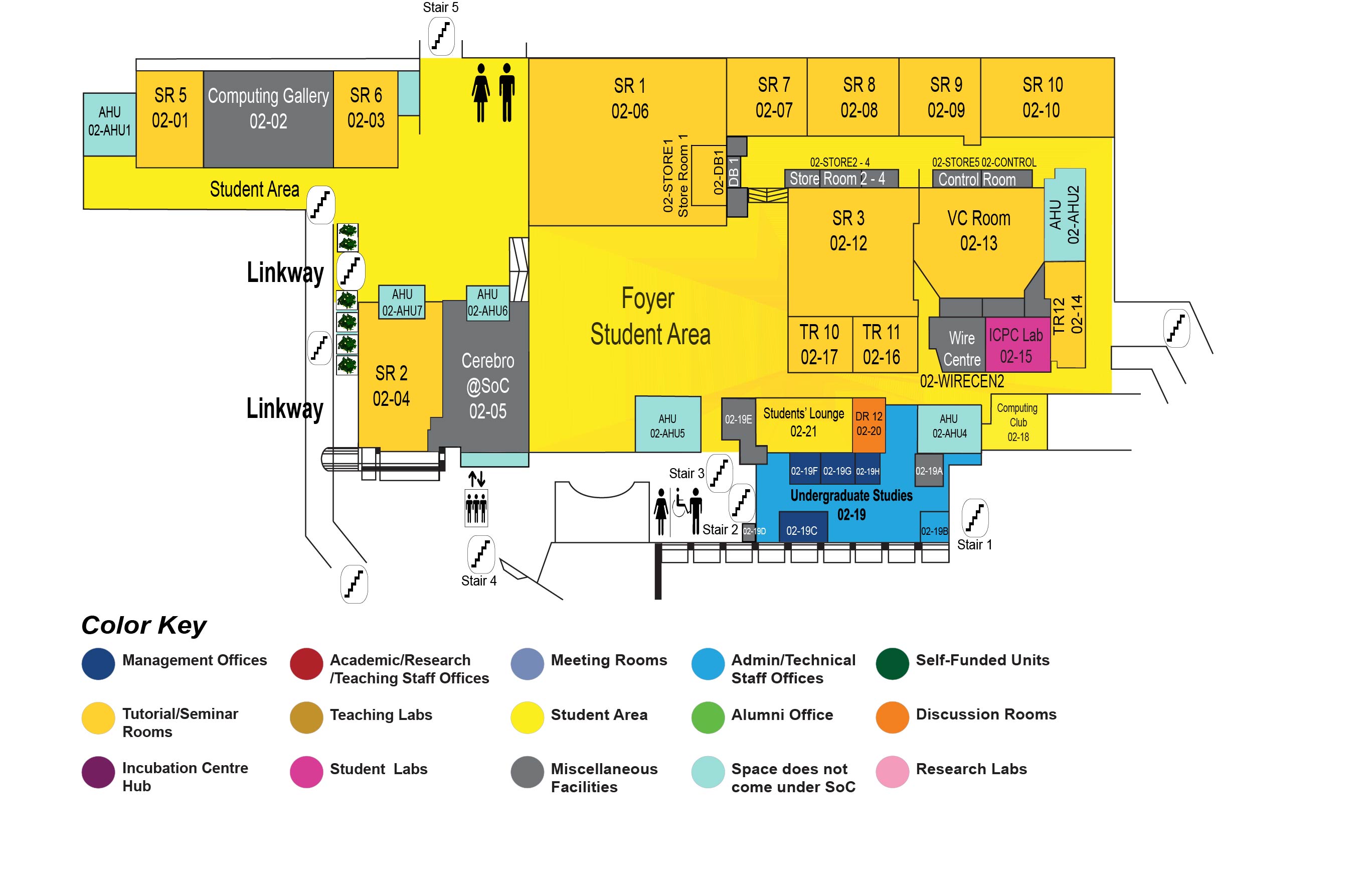An Energy-Efficient and Massively Parallel Approach to Valid Numerics
COM1 Level 2
SR3, COM1-02-12

Abstract:
It is time to overthrow a century of methods based on floating point arithmetic. Current technical computing is based on the acceptance of rounding error using numerical representations that were invented in 1914, and acceptance of sampling error using algorithms designed for a time when transistors were very expensive. By sticking to an antiquated storage format (now codified as an IEEE standard) well into the exascale area, we are wasting power, energy, storage, bandwidth, and programmer effort. The pursuit of exascale floating point is ridiculous, since we do not need to be making 10^18 sloppy rounding errors per second; we need instead to get provable, valid results for the first time, by turning the speed of parallel computers into higher quality answers instead of more junk per second.
We introduce the 'unum' (universal number), a superset of IEEE Floating Point, that contains extra metadata fields that actually save storage, yet give more accurate answers that do not round, overflow, or underflow. The potential they offer for improved programmer productivity is enormous. They also provide, for the first time, the hope of a numerical standard that guarantees bitwise identical results across different computer architectures. Unum format is the basis for the 'ubox' method, which redefines what is meant by "high performance" by measuring performance in terms of the knowledge obtained about the answer and not the operations performed per second. Examples are given for practical application to structural analysis, radiation transfer, the n-body problem, linear and nonlinear systems of equations, and Laplace's equation. This is a fresh approach to scientific computing that allows proper, rigorous representation of real number sets for the first time.
Biodata:
Dr. Gustafson is an American computer scientist and businessman, chiefly known for his work in High Performance Computing (HPC) such as the invention of Gustafson's Law, introducing the first commercial computer cluster, measuring with QUIPS, leading the reconstruction of the Atanasoff-Berry Computer, and several awards for computer speedup.
Dr. Gustafson previously held the positions of Senior Fellow and Chief Product Architect at AMD in Sunnyvale, CA, Director at Intel Labs-SC, CEO of Massively Parallel Technologies, Inc. and CTO at ClearSpeed Technology. Since November 2013, he has been CTO of Ceranovo, Inc.
Dr. Gustafson has recently finished writing a book, The End of Error: Unum Computing, that presents a new approach to computer arithmetic: the unum. The universal number, or unum format, encompasses all IEEE floating-point formats as well as fixed-point and exact integer arithmetic. This approach obtains more accurate answers than floating-point arithmetic yet uses fewer bits in many cases, saving memory, bandwidth, energy, and power.

